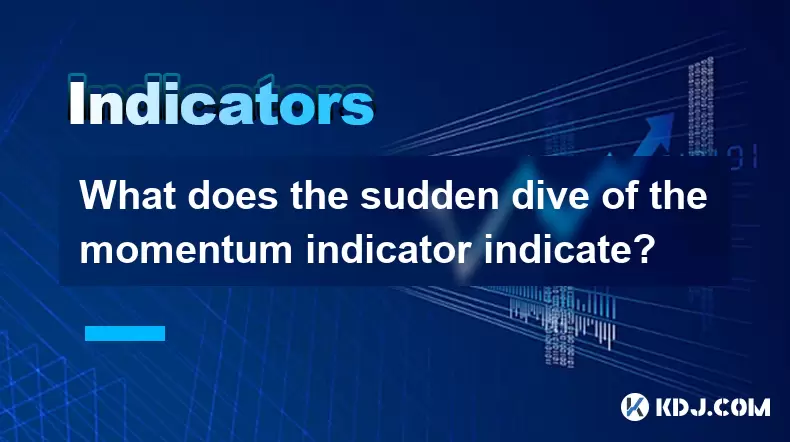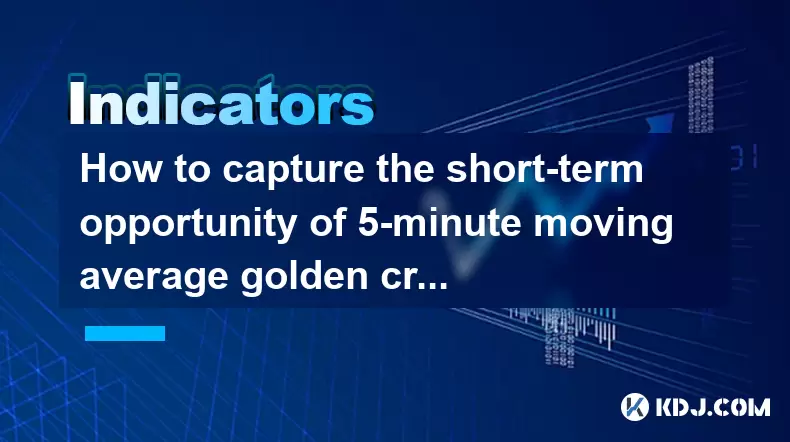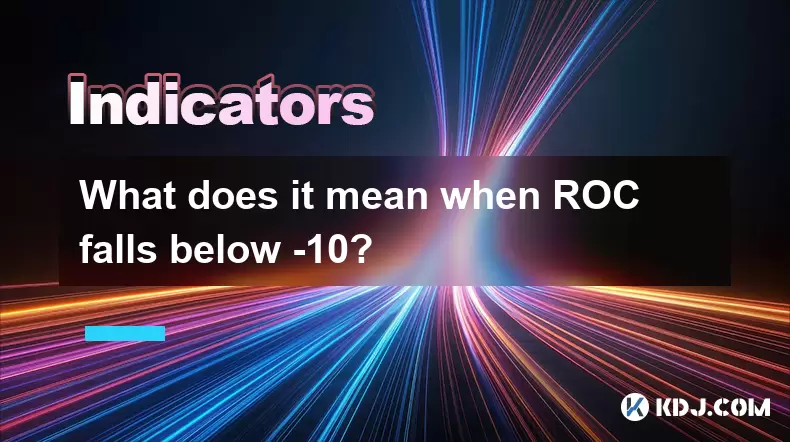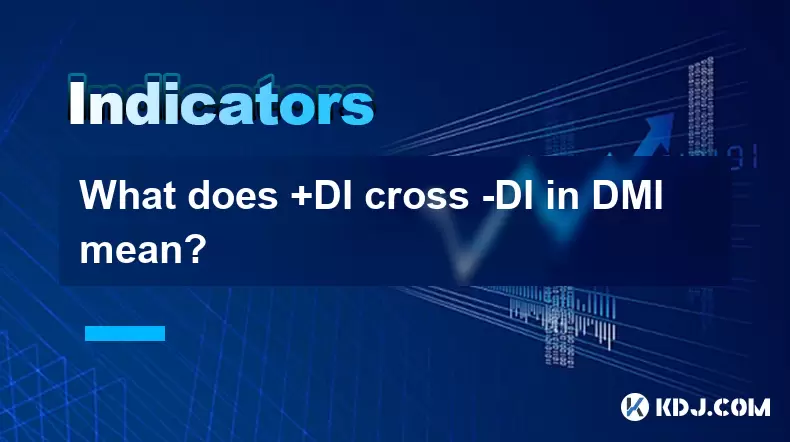-
 Bitcoin
Bitcoin $118900
1.66% -
 Ethereum
Ethereum $3735
1.35% -
 XRP
XRP $3.506
0.71% -
 Tether USDt
Tether USDt $1.000
-0.01% -
 BNB
BNB $799.4
5.78% -
 Solana
Solana $202.0
1.87% -
 USDC
USDC $0.9999
0.00% -
 Dogecoin
Dogecoin $0.2661
1.89% -
 Cardano
Cardano $0.8877
1.59% -
 TRON
TRON $0.3173
2.45% -
 Hyperliquid
Hyperliquid $45.00
2.59% -
 Stellar
Stellar $0.4723
3.40% -
 Sui
Sui $3.970
1.32% -
 Chainlink
Chainlink $19.67
1.94% -
 Hedera
Hedera $0.2710
1.99% -
 Avalanche
Avalanche $25.74
-0.01% -
 Bitcoin Cash
Bitcoin Cash $528.1
1.98% -
 Litecoin
Litecoin $120.1
3.57% -
 Shiba Inu
Shiba Inu $0.00001525
1.26% -
 UNUS SED LEO
UNUS SED LEO $8.989
-0.01% -
 Toncoin
Toncoin $3.304
1.74% -
 Polkadot
Polkadot $4.531
3.38% -
 Uniswap
Uniswap $10.74
2.51% -
 Ethena USDe
Ethena USDe $1.001
0.00% -
 Monero
Monero $325.5
2.44% -
 Pepe
Pepe $0.00001413
1.31% -
 Bitget Token
Bitget Token $4.860
0.85% -
 Dai
Dai $0.9999
0.01% -
 Aave
Aave $307.3
-2.07% -
 Bittensor
Bittensor $448.8
2.91%
What does the sudden dive of the momentum indicator indicate?
A sudden dive in the momentum indicator can signal bearish pressure, profit-taking, or market manipulation in volatile crypto markets.
Jun 29, 2025 at 01:35 pm

Understanding the Momentum Indicator in Cryptocurrency Trading
The momentum indicator is a widely used technical analysis tool in cryptocurrency trading that measures the rate of change in price over a specific period. Traders rely on this oscillator to identify potential reversals, overbought or oversold conditions, and shifts in market sentiment. When the momentum indicator experiences a sudden dive, it raises questions about the underlying dynamics of the asset being analyzed.
Momentum essentially compares the current closing price with the closing price from a set number of periods ago.
A rising momentum line suggests bullish strength, while a falling line indicates bearish pressure. The sudden drop in momentum can signal a shift in control between buyers and sellers, especially in highly volatile markets like cryptocurrencies.What Causes a Sudden Drop in the Momentum Indicator?
Several factors may contribute to a rapid decline in the momentum reading:
- Profit-taking after a strong rally – In crypto markets, sharp upward moves are often followed by quick profit-booking, leading to a fast decline in momentum.
- Market manipulation or whale activity – Large traders or whales can dump significant amounts of coins, causing abrupt price drops and momentum shifts.
- Negative news or regulatory developments – Announcements such as exchange bans, security breaches, or unfavorable regulations can trigger panic selling, immediately reflected in the momentum indicator.
- Technical breakdowns in key support levels – Once critical price levels are breached, momentum tends to accelerate downward due to automated trading systems and stop-loss orders.
These events typically result in a swift divergence between price action and momentum readings, offering early warnings for traders monitoring these signals.
How to Interpret a Sudden Dive in Momentum Visually
On a chart, the momentum indicator appears as an oscillator oscillating around a zero line. A sharp downward spike below the zero line often indicates bearish dominance. Conversely, a rise above the centerline implies bullish strength.
When the momentum line plunges rapidly from positive territory into negative territory, it suggests that the uptrend is losing steam and could be reversing. Similarly, if the momentum was already in negative territory and dives further, it confirms ongoing bearish momentum.
Traders should also look for divergences between price and momentum. For example, if the price makes a new high but momentum fails to do so, it hints at weakening buying pressure. A sudden dive following such a divergence could be a strong sell signal in crypto markets where trends can reverse quickly.
Practical Steps to Respond to a Sudden Momentum Decline
If you're actively trading and notice a sudden plunge in the momentum indicator, here's what you should consider doing:
- Verify the time frame – Check whether the drop occurs on multiple time frames (e.g., 1-hour, 4-hour, daily). A consistent pattern across charts increases the reliability of the signal.
- Cross-check with volume – High volume during a momentum drop reinforces the likelihood of a genuine trend reversal rather than a false signal.
- Assess nearby support/resistance levels – Determine whether the momentum dive coincides with a breach of key technical levels.
- Set stop-loss orders – If you’re holding long positions, adjust your stops based on the recent volatility and momentum behavior.
- Avoid impulsive decisions – Wait for confirmation through candlestick patterns or other indicators before entering trades solely based on momentum.
These steps help traders avoid knee-jerk reactions and provide a structured approach to interpreting and acting upon momentum signals in real-time.
Common Misinterpretations of the Momentum Indicator in Crypto
Because cryptocurrency markets are known for their volatility, many traders misinterpret momentum signals. One common mistake is treating momentum as a standalone buy/sell trigger without confirming with other tools.
For instance, during extreme volatility, momentum can remain overbought or oversold for extended periods, which may confuse novice traders expecting immediate reversals. Another error involves ignoring divergences until it's too late, missing crucial turning points in fast-moving assets like Bitcoin or Ethereum.
Additionally, some traders overlook the importance of adjusting the momentum period setting according to the asset’s volatility. Default settings (often 10 or 14) might not be suitable for all cryptocurrencies, especially altcoins with erratic price swings.
Frequently Asked Questions
Q: Can the momentum indicator be used effectively in sideways or ranging markets?
A: Yes, but with caution. In range-bound crypto markets, momentum tends to fluctuate around the zero line without clear direction. Traders should combine it with tools like Bollinger Bands or RSI to filter out noise and improve accuracy.
Q: How does the momentum indicator differ from the RSI in cryptocurrency trading?
A: While both are momentum oscillators, the RSI incorporates smoothing and has bounded values (0–100), making it better for identifying overbought/oversold extremes. The standard momentum indicator doesn’t have fixed boundaries and focuses purely on the speed of price changes.
Q: Is there an optimal time frame for observing momentum dives in crypto?
A: There is no universal answer, but shorter time frames (like 1-hour or 4-hour) are more sensitive to sudden momentum changes. Daily charts offer broader context but may lag in capturing quick market shifts.
Q: What should I do if momentum dives but the price remains flat?
A: This scenario often indicates hidden weakness or strength. If momentum declines while price consolidates, it might suggest that bears are gaining control despite apparent stability. Watch for a breakout or breakdown soon after.
Disclaimer:info@kdj.com
The information provided is not trading advice. kdj.com does not assume any responsibility for any investments made based on the information provided in this article. Cryptocurrencies are highly volatile and it is highly recommended that you invest with caution after thorough research!
If you believe that the content used on this website infringes your copyright, please contact us immediately (info@kdj.com) and we will delete it promptly.
- Sui Price, Open Interest, and the $4 Breakout: Will SUI Surge?
- 2025-07-23 22:50:13
- BlockDAG, XRP, and DOT: Riding the Crypto Wave Like a Wall Street Pro
- 2025-07-23 23:10:13
- NFT Penguins Rally: PENGU's Rise and the CryptoBatz Bounce
- 2025-07-23 23:10:13
- Dogecoin's Future: Will the Meme Dream Live On?
- 2025-07-23 22:30:13
- Mara's Bitcoin Bet: Debt, Mining, and Shadow Banking?
- 2025-07-23 22:30:13
- Rick Harrison, Gold Coins, and Pawn Stars: A Deep Dive into the World of High-Stakes Haggling
- 2025-07-23 23:15:12
Related knowledge

How to capture the short-term opportunity of 5-minute moving average golden cross + 1-minute MACD bar line volume?
Jul 23,2025 at 10:29pm
Understanding the 5-Minute Moving Average Golden CrossThe 5-minute moving average golden cross occurs when a short-term moving average, typically the ...

What does it mean when ROC falls below -10?
Jul 23,2025 at 09:29pm
Understanding the Rate of Change (ROC) Indicator in Cryptocurrency TradingThe Rate of Change (ROC) indicator is a momentum oscillator used widely in t...

What does +DI cross -DI in DMI mean?
Jul 23,2025 at 09:49pm
Understanding the DMI Indicator ComponentsThe Directional Movement Index (DMI) is a technical analysis tool developed by J. Welles Wilder to assess th...

Advanced RSI strategies for crypto
Jul 13,2025 at 11:01am
Understanding the Basics of RSI in Cryptocurrency TradingThe Relative Strength Index (RSI) is a momentum oscillator used to measure the speed and chan...

Crypto RSI for day trading
Jul 12,2025 at 11:14am
Understanding RSI in the Context of Cryptocurrency TradingThe Relative Strength Index (RSI) is a momentum oscillator used to measure the speed and cha...

Crypto RSI for scalping
Jul 12,2025 at 11:00pm
Understanding RSI in the Context of Crypto TradingThe Relative Strength Index (RSI) is a momentum oscillator widely used by traders to measure the spe...

How to capture the short-term opportunity of 5-minute moving average golden cross + 1-minute MACD bar line volume?
Jul 23,2025 at 10:29pm
Understanding the 5-Minute Moving Average Golden CrossThe 5-minute moving average golden cross occurs when a short-term moving average, typically the ...

What does it mean when ROC falls below -10?
Jul 23,2025 at 09:29pm
Understanding the Rate of Change (ROC) Indicator in Cryptocurrency TradingThe Rate of Change (ROC) indicator is a momentum oscillator used widely in t...

What does +DI cross -DI in DMI mean?
Jul 23,2025 at 09:49pm
Understanding the DMI Indicator ComponentsThe Directional Movement Index (DMI) is a technical analysis tool developed by J. Welles Wilder to assess th...

Advanced RSI strategies for crypto
Jul 13,2025 at 11:01am
Understanding the Basics of RSI in Cryptocurrency TradingThe Relative Strength Index (RSI) is a momentum oscillator used to measure the speed and chan...

Crypto RSI for day trading
Jul 12,2025 at 11:14am
Understanding RSI in the Context of Cryptocurrency TradingThe Relative Strength Index (RSI) is a momentum oscillator used to measure the speed and cha...

Crypto RSI for scalping
Jul 12,2025 at 11:00pm
Understanding RSI in the Context of Crypto TradingThe Relative Strength Index (RSI) is a momentum oscillator widely used by traders to measure the spe...
See all articles

























































































